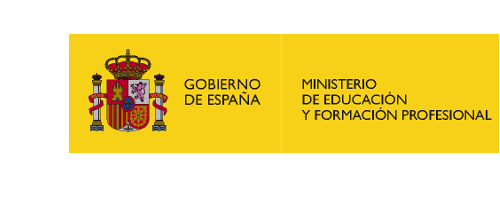


INTRODUCTION
Learning a language does not only mean learning grammar and vocabulary. We must use it in as many contexts as possible. Therefore, this school intends to carry out a “prebilingual” project. This motivating experience started in February 2010 so that our students would have the opportunity to use English in their English lessons as well as in other subjects such as classical civilization, maths, music, physical education, IT, technology, history, geography, science, philosophy…. In some subjects (classical civilization, maths, music, physical education and IT) teachers teach certain contents in English throughout the school year. Others limit the use of English in their lessons to the bilingual week, which we intend to organize each February. The experience ranges from 1º ESO to 2º Bachillerato and it can be carried out at any level. We also wish to share our bilingual activities with any other schools interested.
To understand this project we must remind you of certain aspects related to CLIL (Content and Language Integrated Learning).
The principles behind Content and Language Integrated Learning include global statements such as “all teachers are teachers of language” (The Bullock Report-A Language for life, 1975).
Here are some definitions of CLIL, which will help you to understand better why we consider this project highly positive for our students.
1. Content and Language Integrated Learning (CLIL), in which pupils learn a subject through the medium of a foreign language. English is the medium of communication in the class, not the objective of the lesson.
2. CLIL refers to situations where subjects or parts of subjects are taught through a foreign language with dual-focused aims, namely, the learning of content, and the simultaneous learning of a foreign language (Marsch. Content and Language Integrated Learning: The European Dimension-Actions, Trends and Foresight Potential. 2002).
The dual-focused objective would seem to be implying that CLIL kills two birds with one stone. One learns (subject/content) while at the same time learning a foreign language.
3. CLIL provides exposure to the language without requiring extra time in the curriculum. In the European Council Resolution 1995, it was said that all EU citizens, by the time they leave compulsory schooling, should be able to speak two languages other than their mother tongue.
4. “….an approach to bilingual education in which both curriculum content (such as science or geography) and English are taught together”. The learner is not necessarily expected to have the English proficiency required to cope with the subject before beginning to study. (Graddol. English Next, British Council Publications, 2006)
5. CLIL is about using languages to learn….It is about installing a “hunger to learn” in the student. It gives opportunity for him/her to think about and develop how he/she communicate in general, even, in the first language (Marsh, Marsland and Stenberg, 2001).